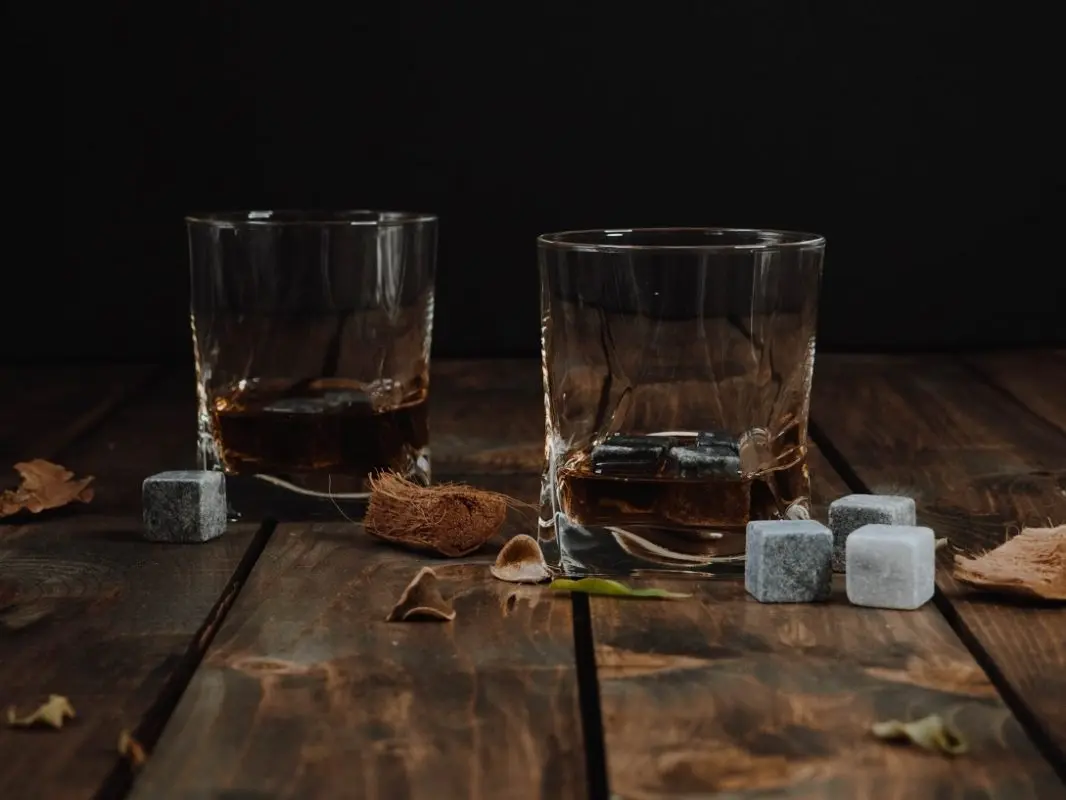Contents
In terms of production technology, Tennessee whiskey differs from bourbon only in an additional step. Thanks to slow filtration through maple charcoal, this whiskey is softer in taste. Production is regulated by Tennessee law, while bourbon is made to national standards in the state of Kentucky. One of the most popular tourist routes in the United States is the Tennessee Whiskey Trail with visits to 25 distilleries in various parts of the state.
Historical information
Tennessee is one of the leading states in terms of whiskey production. The climatic conditions of the region are suitable for growing corn, and the water in the springs is saturated with microelements and practically does not contain iron. A large number of distilleries worked here even before the civil war. Tennessee produced so much whiskey that the Confederate government outlawed alcohol for fear of wholesale drunkenness in the army. After the end of hostilities, the level of production quickly recovered, and by 1908 several hundred distilleries were registered in the state.
In 1910, the authorities again imposed a ban on the activity of the alcohol industry, which was in effect for several decades until the repeal of Prohibition. Jack Daniel Distillery opened in 1940, George Dickel started operations in the 1950s and both distilleries are still leaders in the industry.
Today, about thirty distilleries operate in Tennessee, more than half of the enterprises produce Tennessee whiskey. The drink is one of the top 10 products the state exports, with sales of over a billion dollars.
Features of production technology
Requirements for the quality of Tennessee whiskey are set at the legislative level. The must must be at least 51% corn, aging (minimum 2 years, more often 4) takes place in new oak barrels, charred before filling. The strength during distillation should be no more than 80% by volume, and the alcohol content in the finished drink, which is bottled, should be at least 40% by volume.

The difference from bourbon is only in a special filtration. Some time after distillation, spirits are passed through a three-meter layer of sugar maple coal and only after that they are poured into barrels and sent for aging. The technology was called the Lincoln County Process, named after the county of Lincoln, where one of the first Jack Daniel’s factories was located. Regular bourbon is filtered just before bottling. It is because of maple charcoal filtration that Jack Daniel’s and other Tennessee whiskeys cannot be called bourbon.
Tennessee whiskey is a protected geographic name. The drink can only be produced on the territory of the state with the condition of full compliance with the technology. In 2014, the government amended the regulation to allow casks to be reused, although Jack Daniel’s head distiller Jeff Arnett strongly opposed the change. The winemaker believes that the amendments are lobbied by Diageo, which owns George Dickel, and are aimed at reducing the quality of whiskey, since colors and flavors are required during repeated aging.
Famous brands of Tennessee whiskey
Not all distilleries in the state produce Tennessee whiskey. Labeling rights are not available to businesses that do not use the Lincoln County Process. Requirements for raw materials must be met exactly – the distillate is distilled from corn with the addition of other grains. The law does not establish clear requirements for filtration time, so in most enterprises, alcohol is passed through coal immediately after distillation.

Manufacturers:
- Jack Daniel’s is the state’s oldest business, founded in 1875. Whiskey brand – the leader in terms of sales worldwide. The mash is made from a mixture of corn, rye and barley malt, the distillate is passed through carbon filters and aged in new handmade charred barrels;
- George Dickel – uses resources from mountain springs in production. Alcohols are double distilled, after which they are filtered through coal and wool. The result is a smooth, moderately sweet whiskey with peppery undertones. George Dickel No. 12 in 2015 won the title of best Tennessee whiskey at the competition in San Francisco;
- Uncle Nearest Premium Whiskey is the leader in US whiskey production growth and produces five premium whiskeys. The full production cycle takes 25 days. The company was the first in the state to add corn malt to the wort, which is provided for by ancient technology. Before aging, the distillate undergoes triple filtration;
- Nelson’s Green Brier Distillery – produces whiskey with the addition of wheat according to the original recipe of the company’s founder Charles Nelson, but this drink can be tasted and purchased only at the distillery. The most famous product, Nelson’s Green Brier Tennessee White Whiskey, is distilled from a mixture of barley, corn and wheat. The brand won a bronze medal at the World Spirits Competition in 2015.
How to drink Tennessee whiskey
Whiskey from Tennessee is considered a lighter version of bourbon and has a pleasant taste with hints of vanilla, caramel and burnt wood. Served neat and with ice, suitable for making cocktails.
The popular Jack and Coke mix is a mix of Jack Daniel’s whiskey and Coca-Cola. The cocktail is not approved by true fans of bourbon and it is difficult to find it in the wine list of fine restaurants, but in the bars of the USA it breaks sales records.

Tennessee whiskey goes well with citrus lemonades, ginger ale. The drink is used in cooking – it is added to barbecue sauces, marinades for steaks and ribs, glaze for ham.









